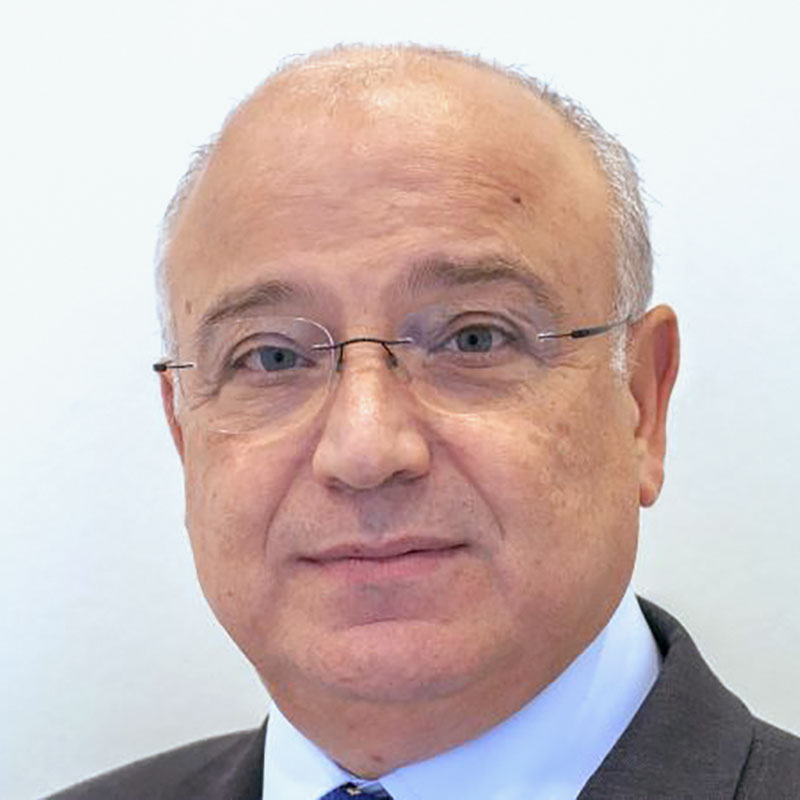Hormone Replacement Therapy (HRT)
Find out more about the different types of Hormone Replacement Therapy
What is Hormone Replacement Therapy (HRT)?
What is Hormone Replacement Therapy (HRT)?
The key hormone in HRT is oestrogen, it can help alleviate the symptoms of the menopause, improve quality of life, and reduce the risk of developing osteoporosis, heart disease and possibly dementia. Oestradiol is the natural form of oestrogen that is used in modern HRT. A second hormone, a progestogen, is needed for 10 -14 days every month to ensure regular monthly bleeds and to avoid the risk of womb (endometrial) cancer.
Oestrogen alone will usually alleviate the symptoms of the menopause but sometimes symptoms such as tiredness, low moods and loss of libido may persist. In such cases, the addition of testosterone can be very helpful.
Types of HRT
There are many types of HRT and careful assessment of an individual woman’s needs and medical background will determine the most appropriate type for her. There is no one form of HRT that is suitable for all.
Oestrogen may be given orally as tablets or transdermally as skin patches, a spray or gels. It can also be given as implants underneath the skin every 6 months.
What is bioidentical HRT?
Bioidentical hormones refer to hormones such as oestradiol or progesterone that are identical to the hormones produced naturally in women. This term is used to distinguish these hormones from the synthetic hormones such as those present in the contraceptive pill or equine oestrogen which were used in older forms of HRT.
Sometimes the term body identical HRT is used which means the same as bioidentical.
However, the term bioidentical HRT is sometimes used by some to refer to compounded bioidentical HRT products which are made by compounding pharmacies and are not subject to the same regulation by the MHRA. Compounded HRT is not recommended because there is no uniformity or consistency in the way it is made, and there is a lack safety and efficacy data.
What are the risks of HRT?
HRT is safe but several published studies that have been flawed have received much attention in the media and caused much anxiety in some women and their doctors. Some of these studies have suggested that HRT can increase the risk of breast cancer and heart disease, but these studies were on women who started HRT for the first time when they were over 60 years of age and up to twenty years after the menopause.
However, more recent studies in women who start HRT in their fifties or within ten years of the menopause have shown that HRT can in fact reduce the risk of risk heart disease.
Similarly, more recent analyses show that while combined (oestrogen and progesterone) HRT may result in an increase in breast cancer, this risk is very small and smaller than the risk associated with drinking alcohol or being overweight. It is also reassuring that this increased risk is not seen in women who have had a hysterectomy and so take oestrogen alone. Indeed, women taking oestrogen without progesterone appear to have a reduced risk of breast cancer. This indicates that it is the progesterone component of HRT that is associated with breast cancer. It is also important to bear in mind that the women in these older studies used synthetic progestogens which are not used very much now. The newer progestogens such as natural progesterone which we use now are safer and do not appear to increase this risk of breast.
Oral oestrogen such as in the combined oral contraceptive pill or oral HRT is associated with an increased risk of thrombosis or blood clots. This risk is very small particularly if there are no other associated risk factors. This small risk of blood clots is avoided if oestrogen is taken transdermally in the form of patches, gels or as subcutaneous hormone implants.
HRT is safe, particularly if taken transdermally with natural progesterone and can be taken for as long as the woman needs it. There is no arbitrary time limit as to how long it can be taken.
Book your appointment
Book your appointment with our specialist team

Dr Neale Watson
Consultant Gynaecologist

Dr Mike Savvas
Consultant Gynaecologist

Dr Marilena Nicou
GP Menopause specialist
Frequently Asked Questions
Can I get pregnant when taking HRT?
HRT is not a contraceptive and so you will need additional contraception if want to avoid getting pregnant. Fertility is reduced as you get older, but you can still get pregnant up to one year after your last period if that occurred after the age of 50. However, if your last period was before the age of 50 you will need to use contraception for two years after your last period. If you start HRT while you are still having periods, you will not know when your natural cycle has stopped, and you should use contraception until the age of 55.
How long can I take HRT for?
HRT is safe, the benefits outweigh the risks in most women and there is no arbitrary time limit, you can take HRT for as long as you need to. Most women take HRT for between 2-5 years, but some take it for much longer. The dose and need for continuing with HRT will be reviewed at your routine follow-up appointments.
What to Expect From Your Visit
The first visit will entail a comprehensive consultation, examination and hormone profile testing if required. Our highly qualified menopause specialists will guide you through the process of choosing the safest and most effective treatment to manage your symptoms.
A prescription will usually be issued, at the first visit if appropriate and a follow-up is arranged after 2-3 months to assess the effectiveness of the treatment and make changes as required. Our clinic allows for remote consultation for those who cannot make an in-person follow-up. This may be via a video or telephone call.
Additional services such as pelvic ultrasound scan, coil fittings, smear tests and bone density scan (DEXA) may also be performed as appropriate. We can also arrange for you to have a mammogram if you need one.